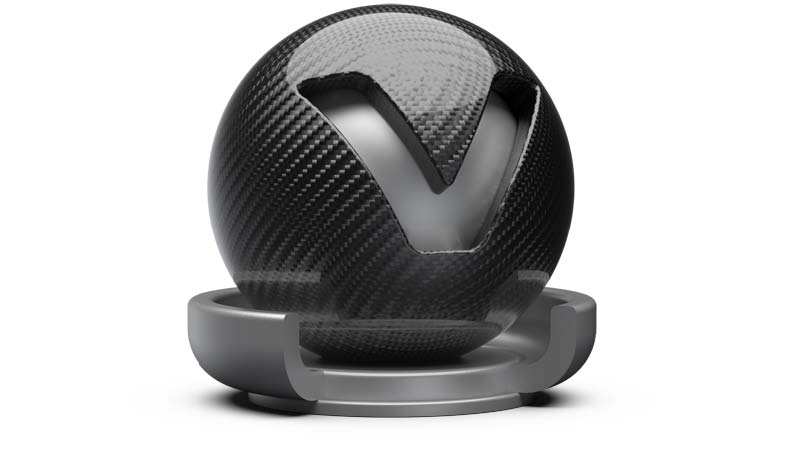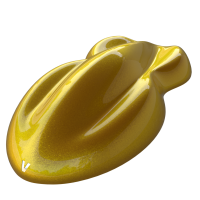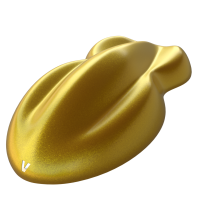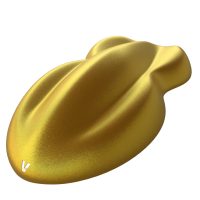Carbon and Carbon 2D
![]()

Carbon fiber, found in light weight sports vehicles, is a woven fiber-pattern material type with a clearcoat layer. Four preset pattern types are available and are customizable within the Carbon Pattern properties. Carbon 2D uses the UV layout of an object and is used in case of planar projections.
Carbon and Carbon 2D Material
Diffuse Color - Defines the base color by setting the shader diffuse reflection color. This is the color the shader takes on when the light reflection of the surface is spread in many directions. Use the slider to change the brightness. Click the color field on the right to open the color chooser. Assigning a texture to the diffuse color projects it onto the surface. The appearance is a combination of the defined color and the assigned texture.
Glossy Color - Sets the material’s color for surfaces glossy reflections. Use the slider to change the brightness. Click the color field on the right to open the color chooser. Assigning a texture to the glossy channel defines areas in which different gloss intensities appear with the help of a texture. The glossy color depends finally on both the defined color and the assigned texture file.
Roughness - Controls light reflections on top of the surface. The higher the value the rougher the microscopic structure on top of the surface and the more blurred are the reflections.
Clearcoat
Sets the clearcoat color. The clearcoat is a transparent, highly reflective paint layer on the base metal layer.
Type - Defines the intensity of a reflection, based on the viewing angle. Its intensity at normal incidence is set by the material's reflectivity. Choose from the following:
Color - Sets the pigment color of the clearcoat, which slightly darkens the overall color of the brushed metal.
Refraction Index - Sets the material's refraction index. The index of refraction allows glass-on-glass contact situations. It shows the amount the rays are reflected off the surface versus absorbed (refracted into the surface).
Roughness - Imitates clearcoat spray paint high-gloss satin and matte finishes. Now, you can control the roughness, thickness, and density of the clearcoat for most materials, such as Plastic, Brushed Metal, Metallic Carpaint, and Carbon (2D/3D).
Roughness of 0 Roughness of 0.1 Roughness of 1.0 


Thickness - Sets the thickness of the clearcoat.
Density - Determines the concentration of particles in the clearcoat, which affects the color of the clearcoat. Use this in combination with Thickness and a non-white color, as white is completely transparent.
Use Orange Peel - Applies a bump structure to the layer. Use the following options to customize this:
Orange Peel Frequency - Sets the bump structure's noise frequency. The higher the value, the closer together the orange peel bumps.
Orange Peel Intensity - Sets the bump structure's intensity. The higher the value, the more visible the orange peel and less smooth the clearcoat surface.
Carbon Pattern
Pattern Type - Sets the pattern used for generating the carbon material, based on the selected typically sewn carbon structures. Choose from:
- 2 X 2
- 3 X 1 Staircase
- 3 X 1 Interleave
- 5 X 1
Pattern Size - Sets the carbon structure size.
Pattern Intensity - Sets the fissure depth intensity.
Rotate X, Y, Z - Sets the pattern direction on X, Y, and Z projection direction.
Rotate - For Carbon 2D, the Rotate slider adjusts the pattern's rotational value.
For further information on the other attributes, see the following:
